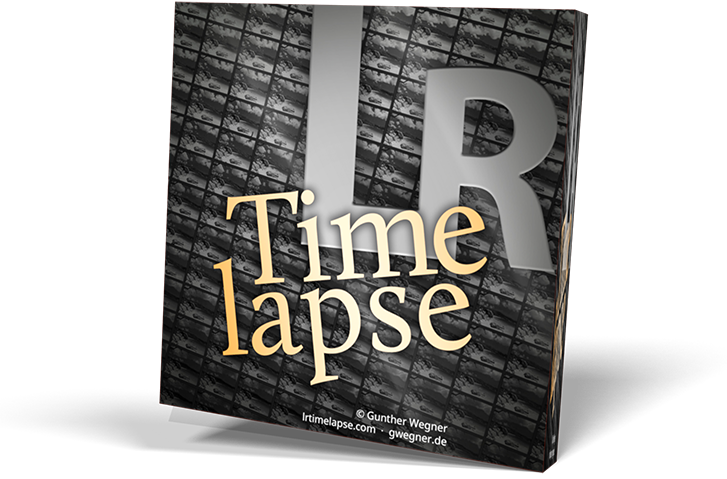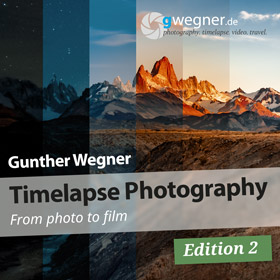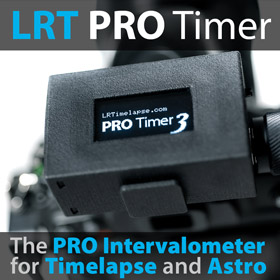Posts: 1
Threads: 1
Joined: Aug 2013
HI,
I'm trying to do a time lapse from sunset to sunrise with the Milky Way visible during the night and would like to ask some questions on that.
Is it possible to set or calculate what exposure settings qDslrDashboard an the LRTimelapse function will be at during total darkness? Lets say I know that during astronomical night I want to use an exposure of something like 20 seconds and ISO 3200 at f/2.8, is it possible to set that? I know I can set maximum exposure time and ISO, but how can I know what settings will be used? If I take a reference/sample image during sunset when I start the sequence, do I need to lower the reference manually during the night to get really long exposures for the Milky Way?
Also, since I'm both covering sunset and sunrise, do I need to change Auto Holy Grail direction during night from sunset to sunrise, or can I just enable Auto direction? I would like to automate as much as possible so I just can set up the camera and leave it through the night and get it back in the morning when all is done.
Thanks,
Göran
I'm trying to do a time lapse from sunset to sunrise with the Milky Way visible during the night and would like to ask some questions on that.
Is it possible to set or calculate what exposure settings qDslrDashboard an the LRTimelapse function will be at during total darkness? Lets say I know that during astronomical night I want to use an exposure of something like 20 seconds and ISO 3200 at f/2.8, is it possible to set that? I know I can set maximum exposure time and ISO, but how can I know what settings will be used? If I take a reference/sample image during sunset when I start the sequence, do I need to lower the reference manually during the night to get really long exposures for the Milky Way?
Also, since I'm both covering sunset and sunrise, do I need to change Auto Holy Grail direction during night from sunset to sunrise, or can I just enable Auto direction? I would like to automate as much as possible so I just can set up the camera and leave it through the night and get it back in the morning when all is done.
Thanks,
Göran





